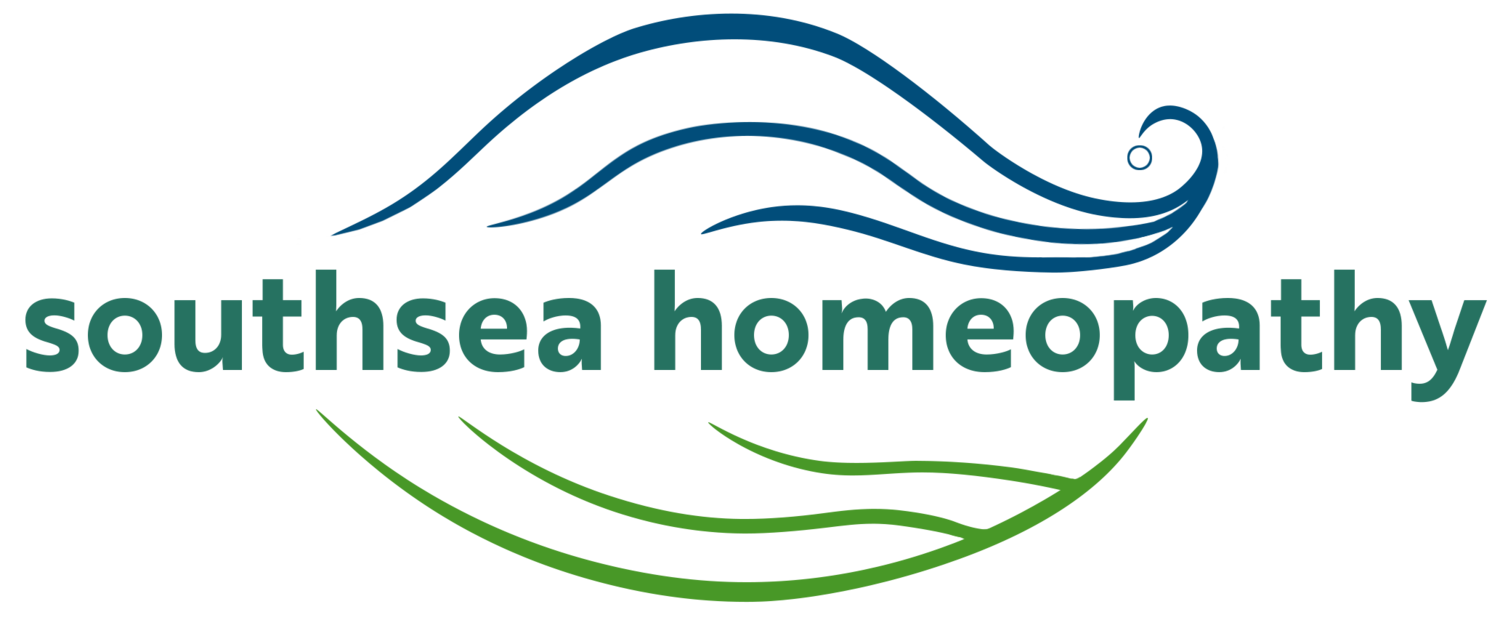As many of you will know from bitter experience, though morning sickness is usually associated with the first trimester, it frequently extends way beyond the twelfth week and is by no means confined to mornings only. As homeopathy is safe for use during pregnancy, there is no need to put up with the symptoms when they get too much.
As what is written here is intended for self-prescription, we will not deal with those more severe cases of morning sickness which involve a lot of actual vomiting. In such situations, professional help is advised.
Before looking at the principal homeopathic remedies for morning sickness, there is a simple trick which many mums to be have sworn by. Keep a dry biscuit by your bedside, and eat it lying down when you first wake up in the morning. Sit up in bed and have a drink of water, then get up. Following this, try to avoid caffeine, and have ginger tea (ginger is an age old cure for nausea) or honey and milk instead. In general, eating and drinking little and often throughout the day is advisable.
In addition to these measures, take the remedy from the list below which most closely resembles your symptoms. Use the remedy in the 6c potency, and take one dose three times a day for up to 4 weeks. Seek professional help if the nausea extends beyond this time frame.
Sepia (Cuttlefish Ink)
This is the first remedy to consider when you have nausea at the sight, smell or even the thought of food. Eating or drinking a little alleviates the nausea. The symptoms can be associated with backache, and feelings of being very easily irritated or depressed.
Nux Vomica (Poison Nut)
The person who would benefit from this remedy would suffer a lot of nausea and retching without much vomiting. They are likely to also be constipated and bloated but be craving caffeine and other stimulants.
Pulsatilla (Wind Flower)
Nausea for this person will be worse if eating or smelling fatty food. The nausea will ease when out in the fresh air and be worse in a warm stuffy room. The typical Pulsatilla person is tearful and much in need of kindness and understanding.
As ever, excellent homeopathic remedies are to be had from www.helios.co.uk. Please feel free to get in touch if you have any queries.










